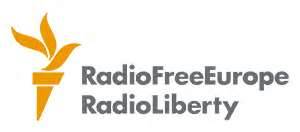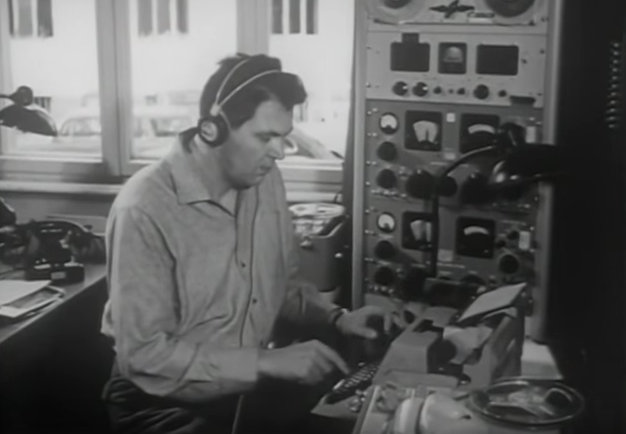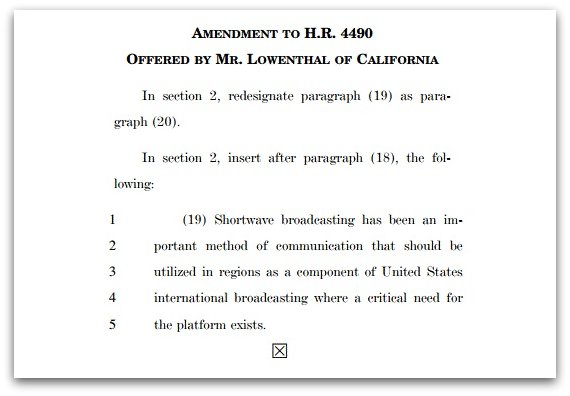Many thanks to SWLing Post contributor Dan Robinson--former White House, Congressional and foreign correspondent for the Voice of America–who alerts us to a major development at the Broadcasting Board of Governors (BBG).
Note that the BBG supervises the Voice of America (VOA), Radio Free Europe/Radio Liberty, Radio y Television Marti, Radio Free Asia, and the Middle East Broadcast Networks.
Dan writes:
House Rules Committee approves conference report containing reform of U.S. international media management structure
[T]he BBG met today [November 30, 2016] and were trying to put a positive spin on this, but this development essentially lays the groundwork for the elimination of BBG completely, though a first stage would have remaining governors on the board serve in the first iteration of a new International Broadcasting Advisory Board (IBAB).
Also, and importantly — Congress is going ahead with a proposal to create a Global Engagement Center that would have as its main purpose, countering foreign misinformation and disinformation.
A link to the actual language in the House Committee on Rules conference report to the 2017 National Defense Authorization Act (NDAA) is below:
http://docs.house.gov/billsthisweek/…/CRPT-114HRPT-S2943.pdf
[Y]ou can read the actual language, beginning on Page 1396 for the Global Engagement Center and then right after, on Page 1404, on the BBG.
[Again], pages 1404 – 1421 in the conference report details making the BBG advisory and therefore putting it out of the direct decision making path and likely reducing its power, influence and impact.
The remaining BBG members would be allowed to serve out terms, constituting the first “International Broadcasting Advisory Board,” modifying the U.S. international broadcasting act with powers focused in hands of CEO, and creating a Global Engagement Center (see Pg 1396 before section on BBG) to counter foreign misinformation and disinformation…there is no specific mention of VOA in the conference report to the 2017 NDAA
‘‘SEC. 306. ESTABLISHMENT OF THE INTERNATIONAL
13 BROADCASTING ADVISORY BOARD.
14 ‘‘(a) IN GENERAL.—Except as provided in subsection
15 (b)(2), the International Broadcasting Advisory Board
16 (referred to in this section as the ‘Advisory Board’) shall
17 consist of five members, including the Secretary of State,
18 appointed by the President and in accordance with sub-
19 section (d), to advise the Chief Executive Officer of the
20 Broadcasting Board of Governors, as appropriate.
Global Engagement Centeer: PURPOSE.—The purpose of the Center shall
2 be to lead, synchronize, and coordinate efforts of the
3 Federal Government to recognize, understand, ex-
4 pose, and counter foreign state and non-state propa-
5 ganda and disinformation efforts aimed at under-
6 mining United States national security interests.see video here:
https://rules.house.gov/video/rules-committee-hearing-conference-report-accompany-s-2943








